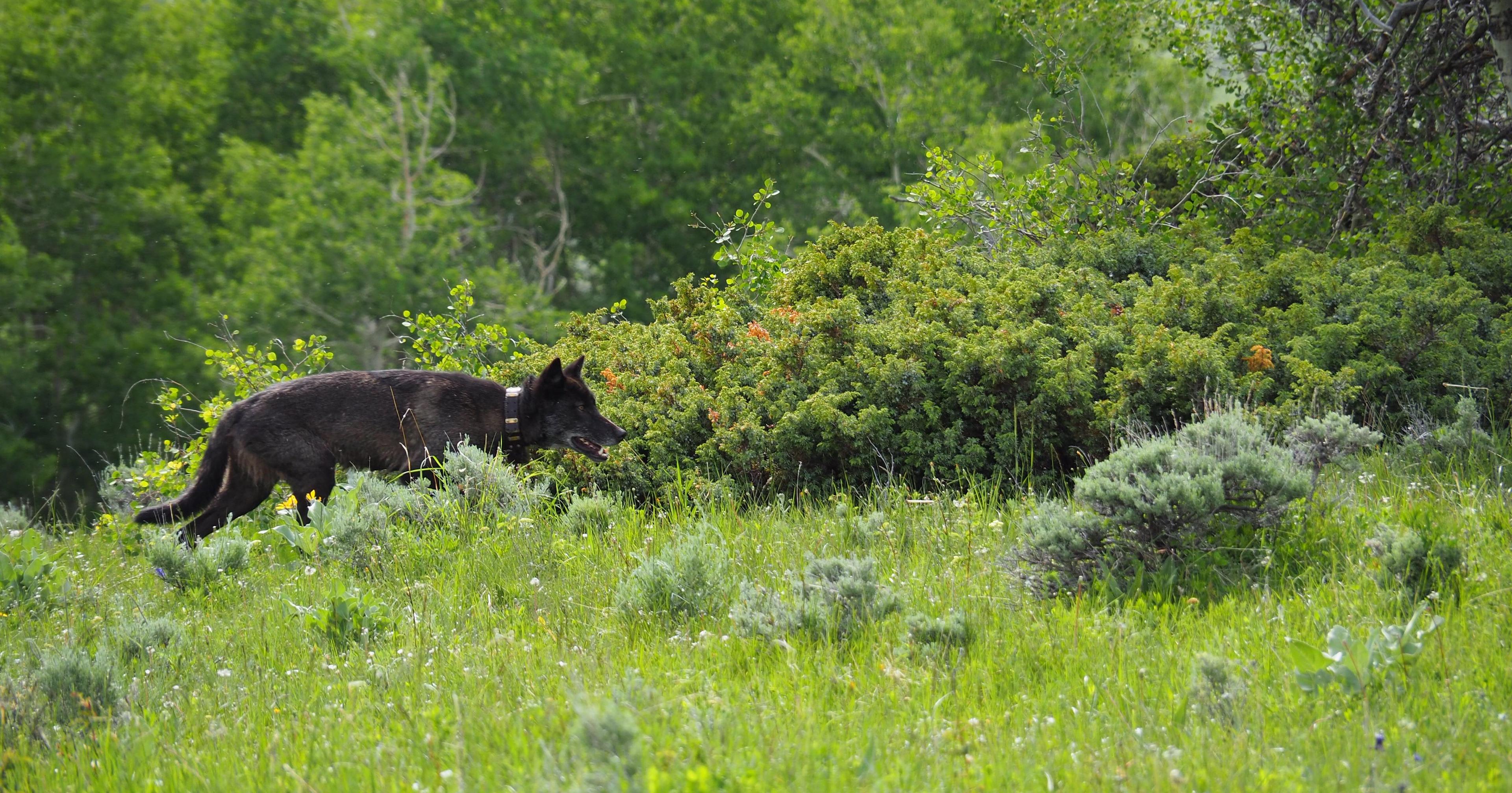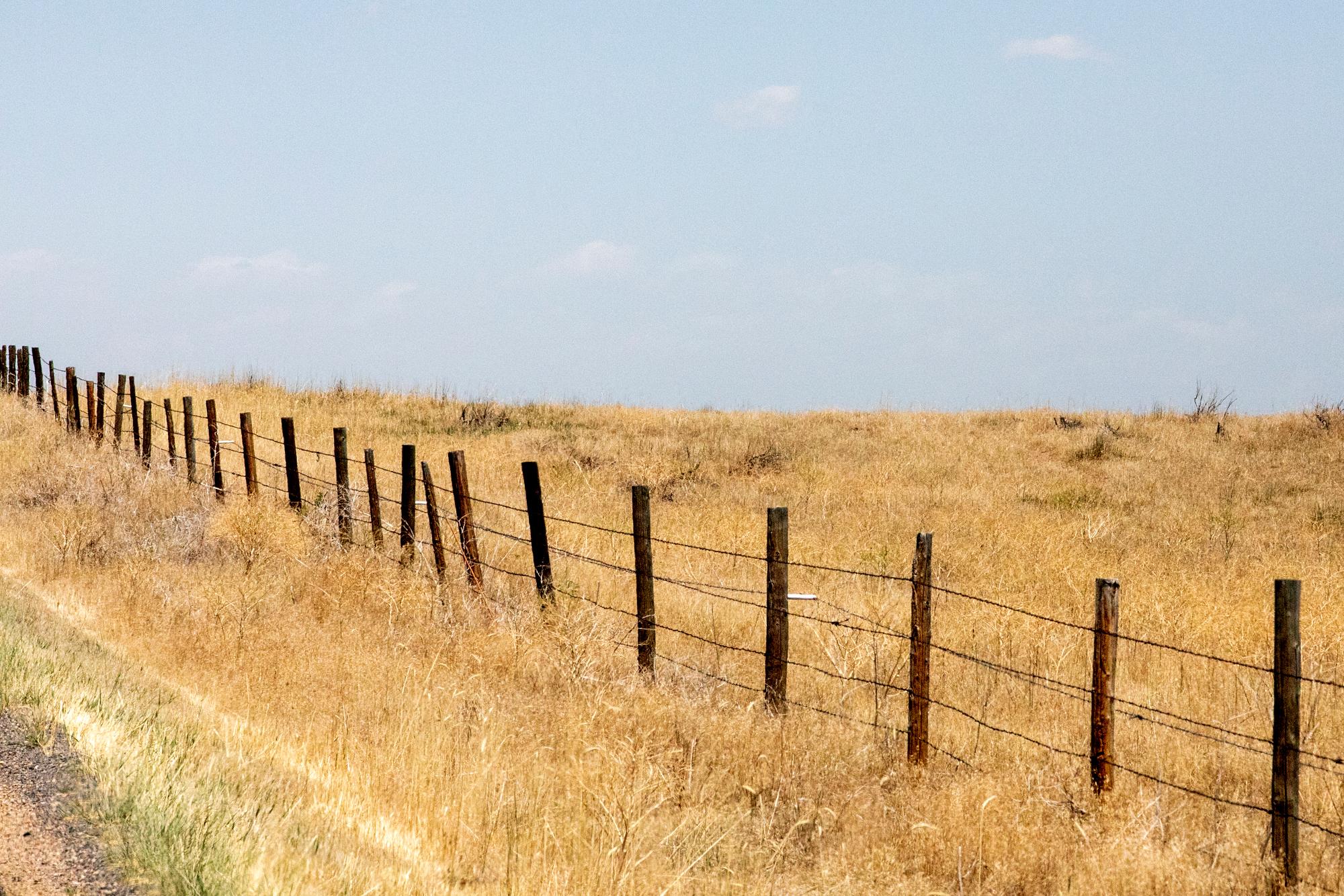
The seventh wolf reintroduced to Colorado has died.
On Friday, Colorado Parks and wildlife announced it had received a “mortality signal” from a collar attached to a gray wolf traveling through northwest Colorado. The animal was among a group of 15 predators captured in British Columbia last winter and released on the Western Slope through the state’s controversial wolf reintroduction program.
The wildlife agency did not provide any additional details about the fatality. Since wolves remain a federally endangered species in Colorado, the U.S. Fish and Wildlife Service will investigate the death and perform a necropsy, an autopsy for animals. That should help identify the circumstances and cause of death.
The latest loss comes amid continued debate over the future of Colorado’s wolf program. A coalition of ranchers, sportsmen and rural community leaders are backing a potential ballot initiative to halt any further wolf releases after Dec. 31, 2026. If supporters collect enough signatures, the initiative would appear before voters in November 2026.
It wouldn’t be the first time a ballot proposal decided the state’s wolf policy. Voters narrowly approved a 2020 initiative to kickstart the reintroduction program, marking the first time an election in any state mandated the restoration of an endangered species. Since then, Colorado Parks and Wildlife has released 25 wolves towards its goal of restoring a self-sustaining population, which hasn’t existed in Colorado for nearly a century.
Those early efforts, however, have been plagued by fatalities. Three wolves died from the original batch of 10 released in late 2024. Out of the more recent arrivals from Canada, four out of an additional 15 have died, including the recent dead wolf reported in northwest Colorado. One was found dead in Rocky Mountain National Park due to unknown causes. Two others were shot after wandering across Colorado’s northern border into Wyoming.
At a recent Colorado Parks and Wildlife Commission meeting on May 7, Eric Odell, the agency’s wolf conservation program manager, said state biologists never expected wolves reintroduced to the state would survive. That’s one reason why it developed a plan to release 10 to 15 wolves at a time in Colorado for between three and five years. “Mortality is a natural function of wildlife management,” Odell said.
The state is now tracking 24 wolves using working GPS collars, which Odell said represents roughly 95 percent of the total population. He said it’s rare for a wildlife agency to have such an accurate picture of wolf movement across the state.
Those collars have provided early evidence the surviving wolves could already be nursing pups. Odell said location data suggests “one to three to four pairs” of wolves may have established dens, but it could take weeks for state biologists to confirm any new litters. Complications like land access and thick timber might also prolong the process, Odell said.
“If there are pups, they’re still underground,” Odell said. “It will be sometime, and we’re not going to be able to keep a running total of our wolf population.”
Funding for public media is at stake. Stand up and support what you value today.









